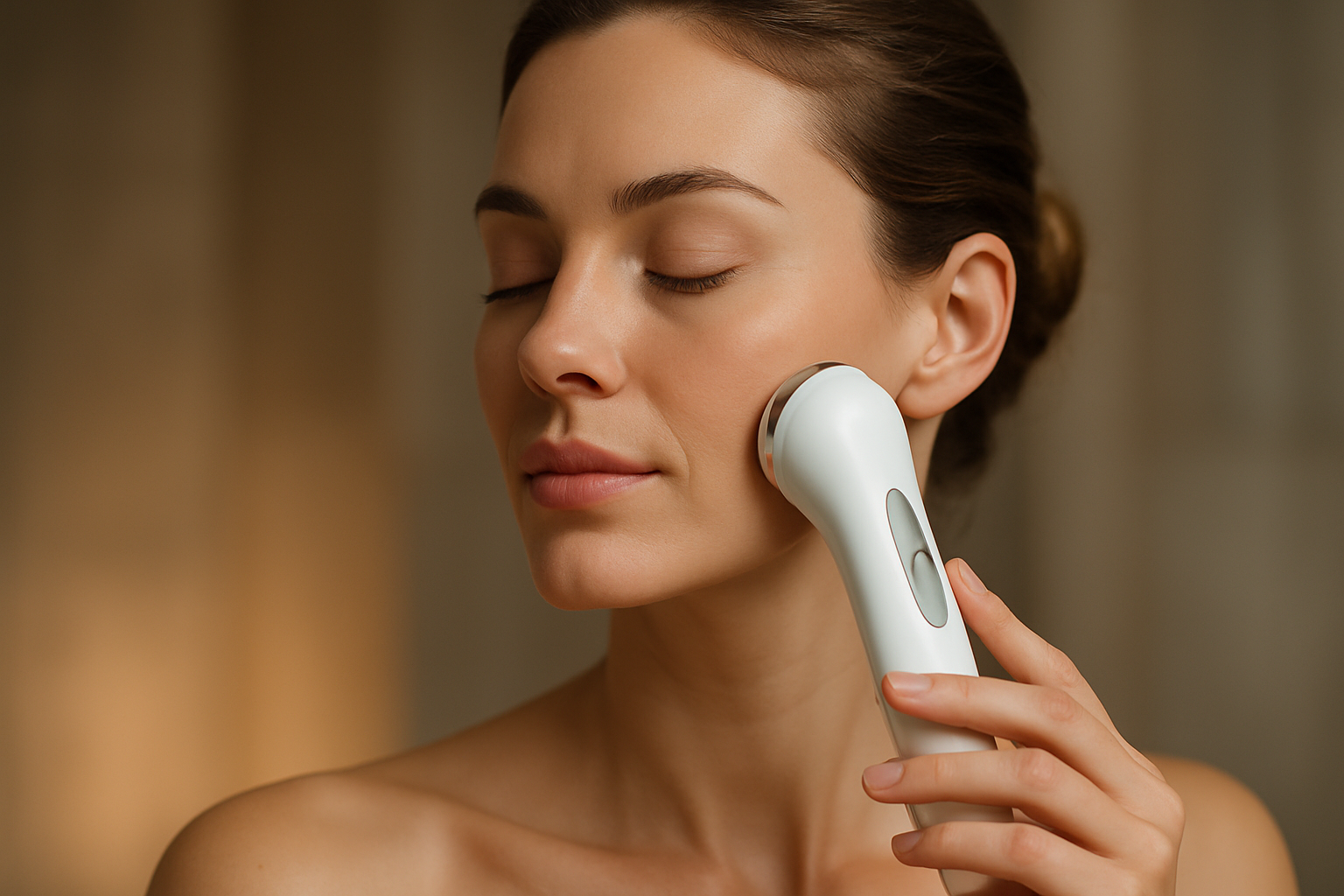Bioceramic Beauty: The Future of Skincare Technology
In the ever-evolving world of beauty and skincare, a groundbreaking innovation is taking center stage: bioceramic technology. This cutting-edge approach to skin health combines the ancient wisdom of ceramic materials with modern scientific advancements, offering a revolutionary way to enhance skin appearance and function. Bioceramic beauty products are making waves in the industry, promising to deliver unparalleled results through their unique ability to interact with the body's natural energy systems. As consumers increasingly seek out effective, non-invasive skincare solutions, bioceramic technology is poised to transform our daily routines and redefine our understanding of skin health.

When applied to the skin, bioceramic materials create a微熱效應 (micro-heat effect), which gently warms the tissue and increases blood circulation. This enhanced blood flow brings more oxygen and nutrients to skin cells, potentially accelerating repair processes and improving overall skin health. Additionally, the FIR emitted by bioceramics has been shown to have antioxidant properties, helping to neutralize free radicals and reduce oxidative stress on the skin.
Historical Context and Development
The use of ceramics in healthcare and wellness applications is not entirely new. Traditional Chinese medicine has long utilized ceramic materials in various treatments, recognizing their ability to influence the body’s energy flow. However, the modern application of bioceramics in beauty and skincare is a relatively recent development, emerging from advancements in materials science and a growing understanding of the skin’s bioenergetic properties.
The concept of using FIR for therapeutic purposes gained traction in the late 20th century, with initial applications primarily in pain management and sports medicine. As research expanded, scientists began to explore the potential benefits of FIR for skin health and aesthetics. The first bioceramic beauty products appeared on the market in the early 2000s, initially in the form of fabric-infused garments and accessories designed to be worn for extended periods.
Current Market Trends and Product Innovations
Today, the bioceramic beauty market is experiencing rapid growth and diversification. Major skincare brands and startups alike are incorporating this technology into a wide range of products, from serums and moisturizers to facial masks and tools. One of the most popular innovations is the bioceramic face roller, which combines the traditional practice of facial massage with the added benefits of FIR emission.
Another emerging trend is the development of bioceramic-infused textiles for pillowcases and beauty sleep masks. These products aim to harness the technology’s benefits during the skin’s natural nighttime regeneration process. Some companies are even exploring the integration of bioceramics into makeup formulations, promising long-lasting cosmetic effects while simultaneously nourishing the skin.
The market for bioceramic beauty devices is also expanding, with handheld FIR emitters and light therapy masks incorporating ceramic materials to enhance their efficacy. These devices often combine bioceramic technology with other modalities such as LED therapy or microcurrent stimulation, offering multi-faceted approaches to skin rejuvenation.
Benefits and Efficacy of Bioceramic Skincare
Proponents of bioceramic beauty products claim a wide array of benefits, including improved skin texture, reduced appearance of fine lines and wrinkles, enhanced hydration, and a more radiant complexion. The increased circulation and cellular activity promoted by FIR are thought to contribute to a natural “glow” that many users report after consistent use.
Some studies have suggested that bioceramic-emitted FIR may help to stimulate collagen production, a key factor in maintaining skin elasticity and firmness. Additionally, the gentle warming effect of these products may enhance the penetration and efficacy of other skincare ingredients when used in combination with traditional formulations.
While more research is needed to fully validate all claims, preliminary studies have shown promising results. A 2019 study published in the Journal of Cosmetic Dermatology found that participants using a bioceramic-infused pillowcase showed significant improvements in skin hydration and elasticity after eight weeks of use.
Challenges and Future Directions
Despite its growing popularity, bioceramic beauty technology faces several challenges. One of the primary hurdles is the need for more extensive, long-term clinical studies to conclusively demonstrate its efficacy and safety. As with any emerging beauty trend, there is also the risk of exaggerated claims and ineffective products flooding the market, potentially undermining consumer trust in the technology.
Another challenge lies in educating consumers about the proper use and realistic expectations of bioceramic products. Unlike traditional skincare formulations that may show immediate visible results, the benefits of bioceramic technology often require consistent, long-term use to become apparent.
Looking to the future, researchers are exploring ways to enhance the effectiveness of bioceramic materials in skincare applications. This includes developing new ceramic compounds with improved FIR emission properties and investigating the potential synergies between bioceramics and other cutting-edge skincare technologies, such as nanotechnology and bioactive peptides.
As the beauty industry continues to evolve, bioceramic technology represents a fascinating convergence of ancient wisdom and modern science. While further research is needed to fully understand its potential, the growing interest in this innovative approach suggests that bioceramics may play a significant role in shaping the future of skincare. As consumers become more educated about the importance of holistic skin health and seek out non-invasive, tech-driven solutions, bioceramic beauty products are well-positioned to meet these evolving needs and expectations.





